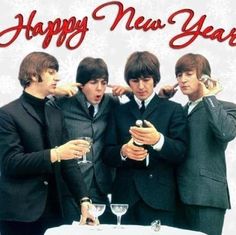The Beatles working on "Get Back" Sessions.
- Register
- Log in to Tune-In
- Wishlist (0)
-
Shopping cart
(0)
You have no items in your shopping cart.
A Day in the Life Blog
The Get Back/Let It Be rehearsals had The Beatles playingy a number of songs, many of which were rough versions of rock 'n' roll oldies, improvisations and numbers from the Lennon-McCartney back catalogue.
John Lennon arrived late at Twickenham Film Studios, Paul McCartney was on piano the first part of the day. He worked through a number of works-in-progress, including several songs which ended up on Let It Be and Abbey Road.
Ringo Starr played brief versions of songs he had written. After Lennon arrived most of the day was spent playing rock 'n' roll classics, including several from The Beatles' Cavern Club and Hamburg years. They also played a version of I'm So Tired with McCartney on lead vocals, and a swift rendition of Ob-La-Di, Ob-La-Da.
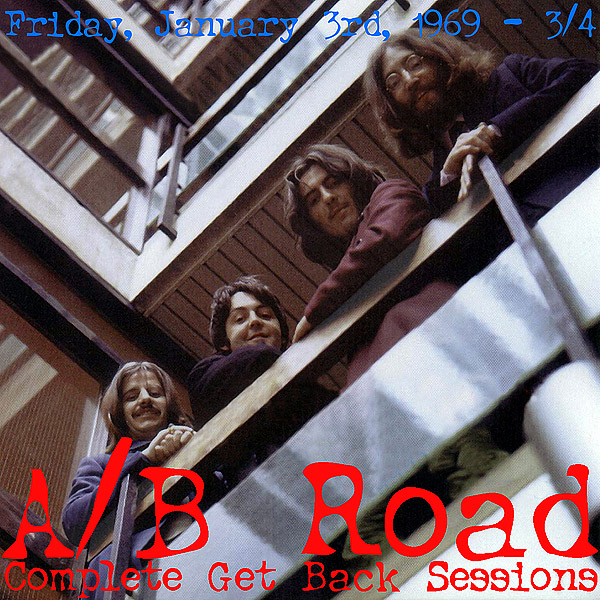
The Beatles have their first sessions of Get Back/Let It Be.
THIS DAY IN ROCK HISTORY: January 2, 1969: The Beatles go into the studio to begin recording the LP "Get Back" which was renamed "Let It Be.
The Beatles recording of "Get Back" was not a good time for the group. With the exception of Paul McCartney, there was little enthusiasm for to do a live appearance or record songs for a television appearance. The group were still exhausted after the lengthy sessions for the White Album, and the presence of film cameras during the rehearsals created a further strain.
During the January 1969 sessions, the atmosphere was tense, The Beatles were often at odds with one another. George Harrison found McCartney bossy and domineering, John Lennon was addicted to heroin and unwilling to be parted from Yoko Ono, and Ringo Starr was largely subdued throughout the month.
Only Paul wanted to make the effort – George Harrison walked out of the group on on January 10, 1969, and the plans for the television special were abandoned. He agreed to rejoin The Beatles only if they moved from Twickenham Film Studios to their new recording studio in the basement of their Apple HQ in London's Savile Row. This they did from January 21st, in the process dropping plans for a live concert.
The Get Back sessions followed a Monday to Friday schedule, and each day started between 11am and 1pm. On this first day the group arrived at Twickenham at 11am, apart from Paul McCartney who was delayed on public transport, and arrived at 12.30pm.
This first day officially began at around 9.30am, however, with director Michael Lindsay-Hogg filming as Mal Evans and Kevin Harrington set up The Beatles' equipment onto stage one before the group began playing. The shots would eventually be used for the opening sequence of the Let It Be film.
The Beatles spent much of their time working on three songs: Don't Let Me Down, I've Got A Feeling and Two Of Us.
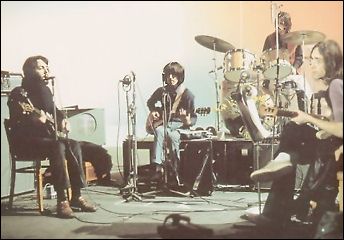
The Beatles - 1969 - The Beginning of the End
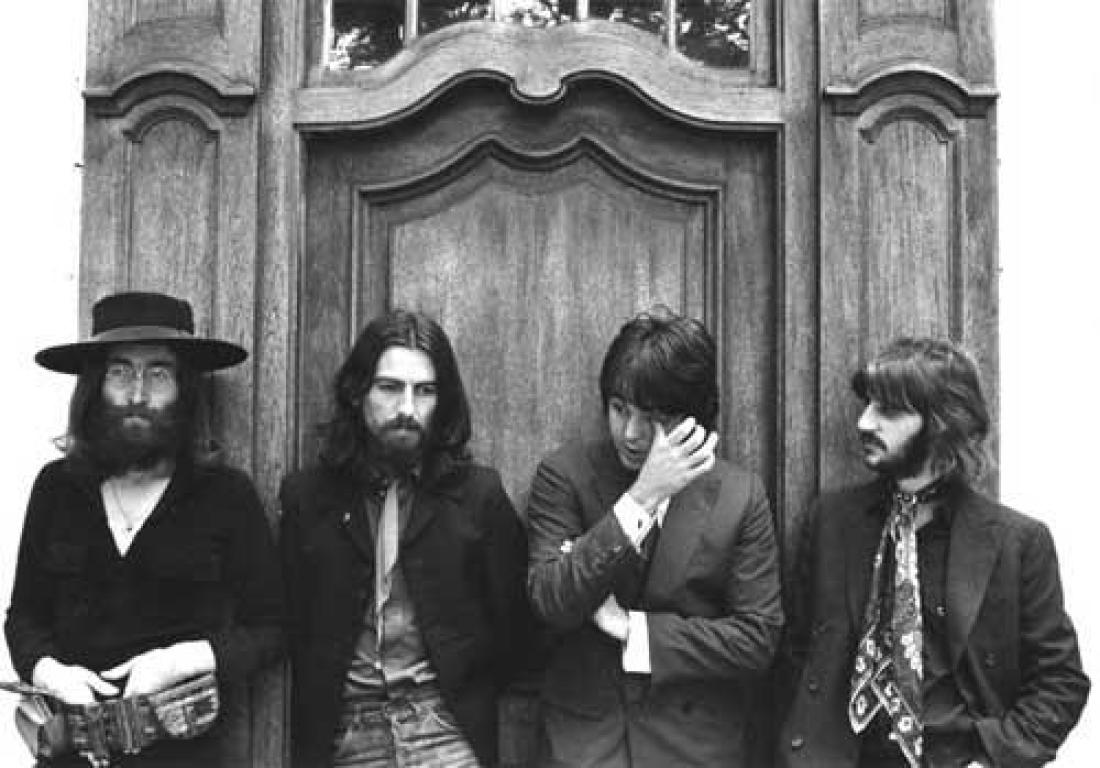
The Beatles ending the year happy with the release of the "White Album".
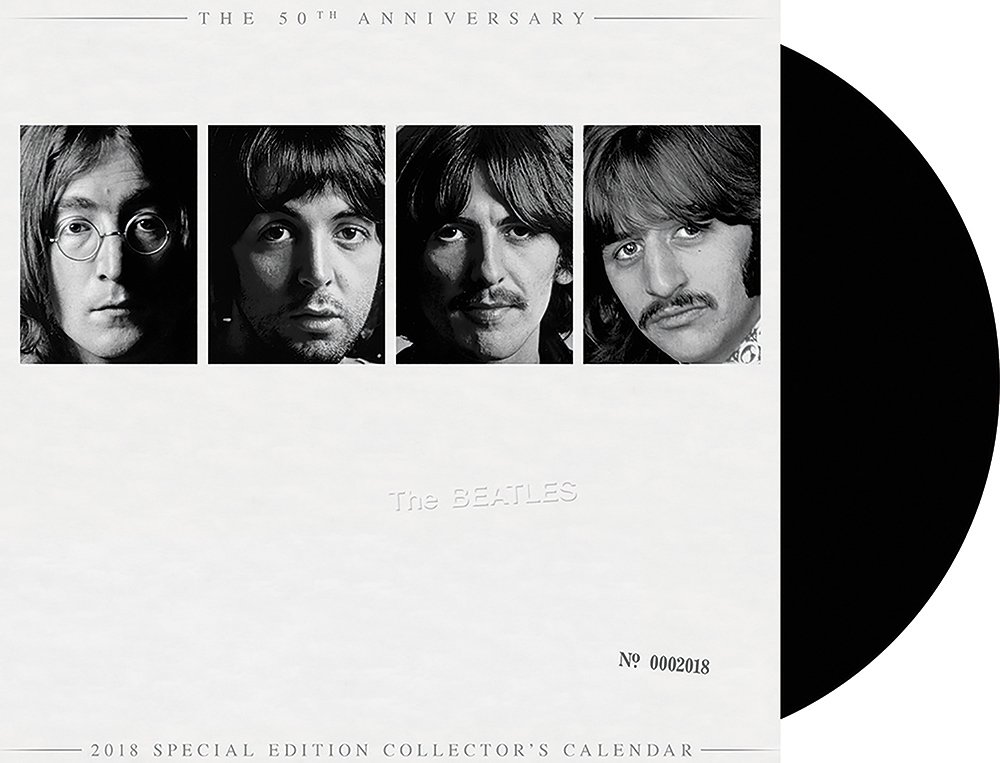
At some point early this year, somebody in authority decided that it would be a good idea to kick John Lennon and Yoko Ono out of the country. John Lennon, of course, was one of the Beatles, the four Liverpool boys who dominated the popular music of Britain and the United States for most of the nineteen-sixties. In addition to winning great popular success as a singer and composer, both with the Beatles and since their dissolution, in 1970, he has been a film actor (in “A Hard Day’s Night,” “Help,” and “How I Won the War”) and an author (of “In His Own Write” and “A Spaniard in the Works,” two collections of idiosyncratic, pun-laden short stories and verse). He is now thirty-two years old. Yoko Ono, who will be forty years old in February, was an established conceptual artist and avant-garde composer when she married John Lennon, in 1969; since then she, too, has become a rock singer and songwriter (and, incidentally, the most famous person of Japanese origin in the Western world). In the controversy over whether or not the Lennons should be allowed to stay in the United States, the Immigration and Naturalization Service has taken the position that it is merely enforcing the law, and that because John Lennon was convicted in a British court in 1968 of possessing cannabis resin, one of the drugs derived from the Indian hemp plant, he and his wife must be deported. The Immigration Service is a branch of the Department of Justice. Under President Nixon and his Attorneys General, John Mitchell and Richard Kleindienst, the Department of Justice has made a practice of bringing charges against people, usually in clumps (the Chicago Seven, the Seattle Seven, and the Catonsville Nine, to name twenty-three), for what many civil libertarians regard as political reasons. The Lennons believe that their own frequently expressed political views—unorthodox from the Justice Department’s point of view, though quite ordinary in Greenwich Village, where they live—are the real reason for the government’s desire to show them the golden door.
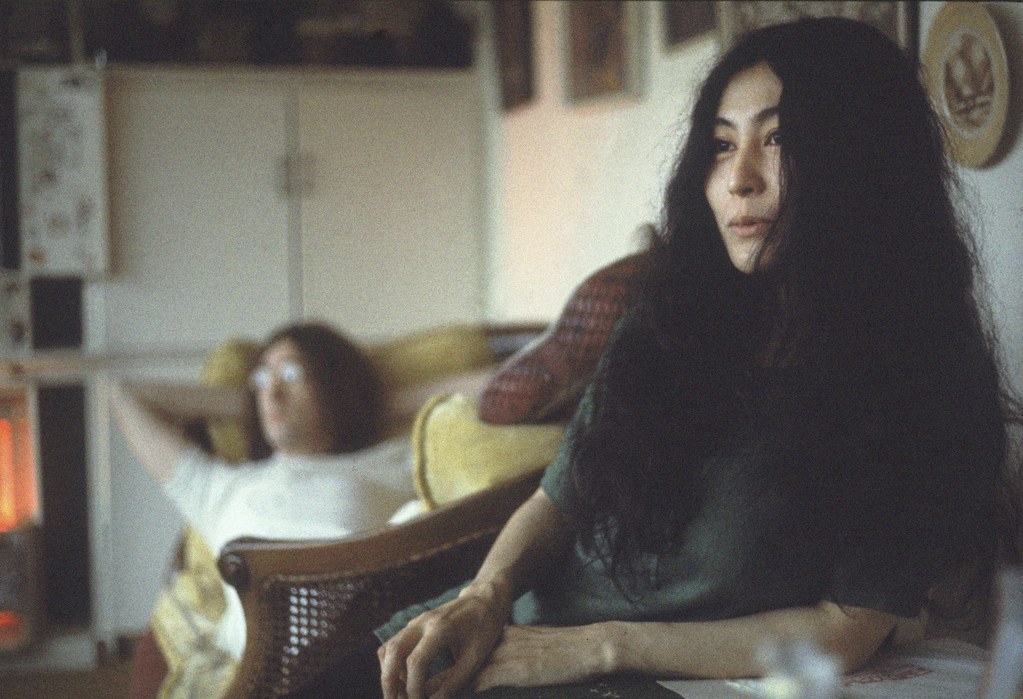
- 1962
- 1963
- 1964
- 1965
- 1966
- 1967
- 1968
- 1969
- 1970

